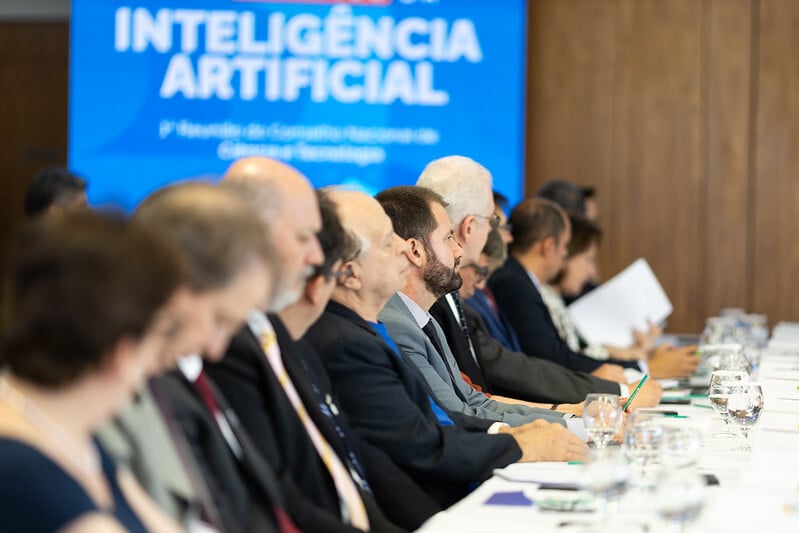Groundbreaking study extracts ‘time capsules’ to date the Amazon River

A TADP researcher transports an extracted core from the drilling site in Rodrigues Alves, Acre. Photo: Isaac S. Bezerra, IGc-USP
The Amazon basin is home to more than half of the remaining tropical forest in the world, making it one of the planet’s biggest non-oceanic carbon stores and giving it a crucial role in influencing global climate and temperature. It is also the most biodiverse place on Earth, with more than 3 million species of plants and animals (that we know about) living there.
But the matter of how Amazonia came to be so biodiverse remains an open question in science, having been studied since the days of Alfred Russel Wallace and Charles Darwin.
One research project, involving scientists from 13 countries, is seeking to unlock the answer — and potentially arrive at a date of birth for the Amazon River.
The leading hypothesis for the Amazon’s immense biodiversity is that the formation of the region’s major rivers and their tributaries created countless physical barriers that divided existing animal and plant populations, forcing them to evolve separately over millions of years and causing speciation.
🌳 Brazil Climate
A weekly newsletter about Brazil's environmental impact — because what happens here affects the entire planet.
UpgradeThis subscription also gets you:
- 🚜 Brazil Agro
- 💼 Brazil Business
- 🌞 Brazil Daily
- 🌎 Latam Report
- 💬 Brazil Society
- ⚽ Brazil Sports










